What is an Artificial Succulents Plant?
I still remember the first time a client yelled at me – her $500 wedding centerpieces were dying two days before the event. That’s when I knew artificial succulents were the future.
Artificial succulent plants are maintenance-free replicas that mimic real plants’ appearance using advanced materials like PE plastic and silk. They provide permanent decoration solutions for homes and commercial spaces without requiring water or sunlight.
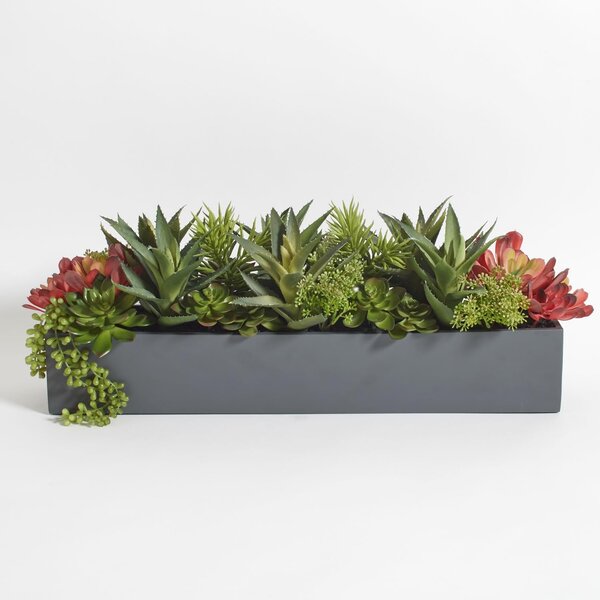
Having supplied over 10,000 artificial plants to hotels and event planners, I’ll share industry secrets you won’t find elsewhere. Let’s explore what makes these modern marvels so special.
What Are Artificial Succulents Made Of?
When the Ritz-Carlton demanded fire-resistant plants for their lobby, we revolutionized our manufacturing process.
Premium artificial succulents combine PE plastic leaves, steel wire stems, and latex coatings. Our patented BB-Tex material mimics real plants’ texture while meeting strict safety standards.
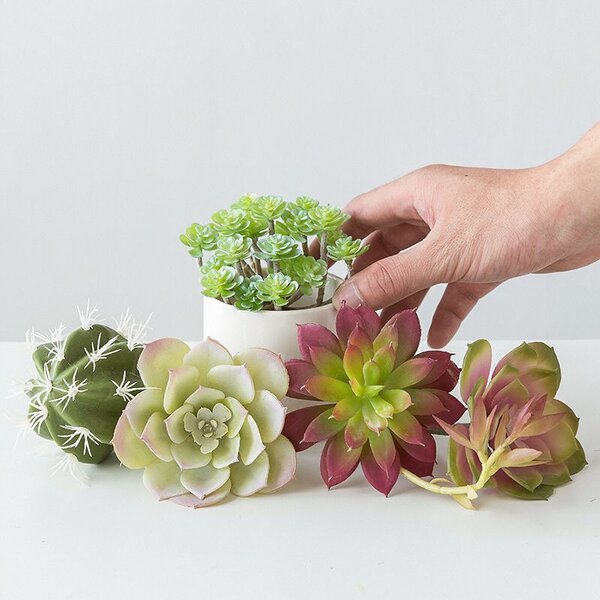
Material Breakdown Table
| Component | Standard Quality | Botanic Blossoms Quality | Advantage |
|---|---|---|---|
| Leaves | Single-layer plastic | 3D molded PE + silk | Realistic veining |
| Stems | Rigid plastic | Flexible steel core | Natural shaping |
| Color | Basic dye | UV-resistant coating | Fade-proof for 5+ years |
| Texture | Smooth surface | Micro-embossing | Authentic touch |
Our development team spent 18 months perfecting the stem flexibility. Cheap versions use rigid plastic that snaps when bent. Our steel-core stems allow natural shaping while maintaining structure – exactly like real succulent stems. The secret lies in the rubberized coating that prevents metal corrosion, a technique we pioneered in 2020.
How to Tell If a Succulent Is Real or Fake?
Last month, a Home Depot buyer tried to return our "defective real plants" – they couldn’t believe they were artificial.
Check for perfect symmetry (real plants have flaws), smell (artificials lack earthy scent), and material seams. High-quality fakes like ours include intentional imperfections to mimic nature.
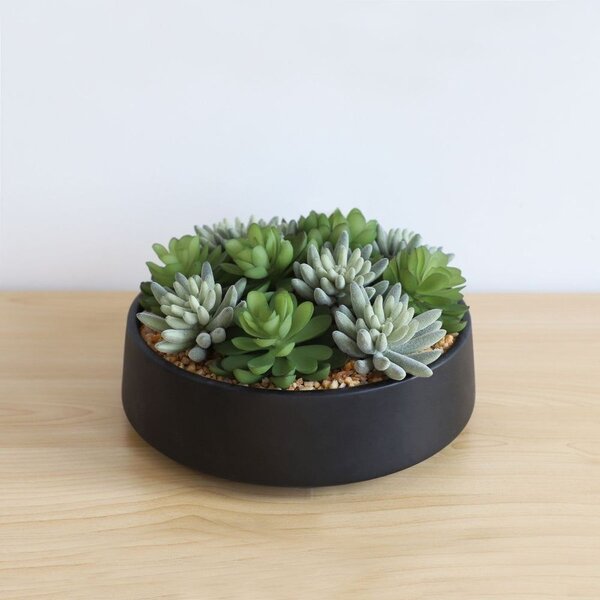
Identification Checklist
Physical Examination:
- Run fingers along leaf edges (real plants have micro-serration)
- Check underside for injection mold marks
- Bend stem gently (quality fakes have natural resistance)
Long-Term Observation:
- Place in sunlight for 2 weeks (real plants change color)
- Monitor for dust accumulation patterns
- Check for pest activity (only affects real plants)
We actually train our QA team using real succulents. Each artificial plant must pass the "10-second test" – even experienced florists shouldn’t identify it as fake within 10 seconds of inspection.
How Do You Plant Fake Succulents?
We recently created a 20-foot succulent wall for Las Vegas’ newest casino – it withstands 110°F heat and stays perfect year-round.
Use floral foam bases in decorative containers, secure stems with hot glue, and add realistic touches like sand topping. No drainage needed – arrange anywhere instantly.
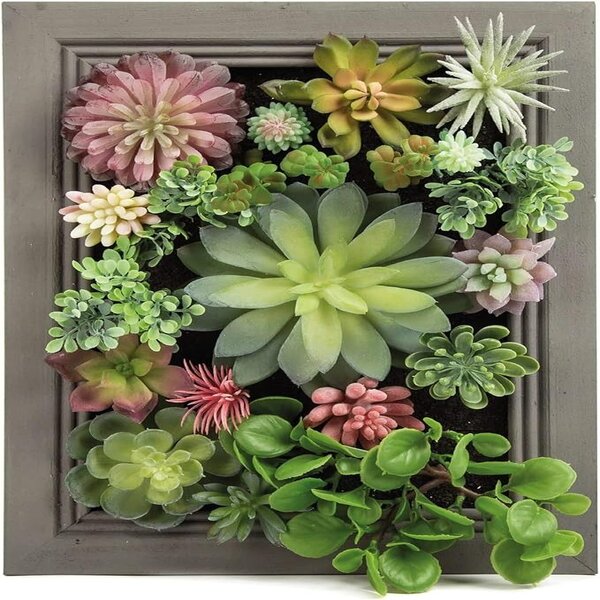
Professional Installation Guide
| Step | Residential Method | Commercial Method | Botanic Blossoms Tip |
|---|---|---|---|
| Base | Potting soil | Cement board | Use gray foam to mimic concrete |
| Fixing | Hot glue | Epoxy resin | Add 10% glitter for mineral effect |
| Finishing | Moss topping | Custom color gravel | Match client’s brand colors |
For the Venetian Hotel project, we developed magnetic mounting plates that allow quick replacements. This system lets staff swap damaged units in minutes without tools. The key is balancing aesthetics with practicality – our artificial plants look completely natural but install like building materials.
Are There Fake Succulents?
When I started in 2012, "fake plants" meant plastic disasters. Today’s market offers museum-quality replicas even botanists admire.
Yes, artificial succulents exist across quality tiers. Budget options ($1-5) work for temporary use, while premium versions ($15-50) serve permanent installations with realistic details.
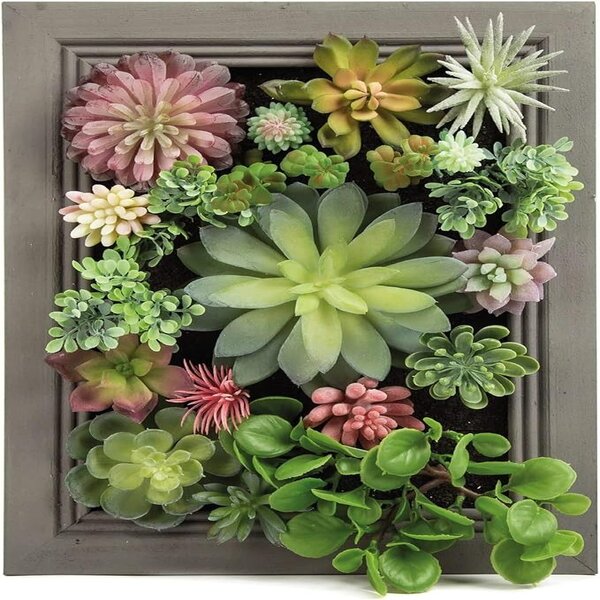
Market Analysis Table
| Type | Price Range | Lifespan | Best Use | Our Solution |
|---|---|---|---|---|
| Budget | $1-5 | 6 months | Seasonal decor | BB Basic Line |
| Mid-grade | $8-15 | 2 years | Residential | BB Premium Collection |
| Commercial | $20-50 | 5+ years | Hotels/Offices | Custom BB Pro |
Our commercial-grade succulents undergo 23 quality checks. They must pass scratch tests, colorfastness exams, and even smell tests (no plastic odor). The latest breakthrough is our self-cleaning coating that repels dust – perfect for high-ceiling installations.
Can You Plant Artificial Plants in Soil?
A New York restaurant client insisted on real soil for authenticity. We created the perfect illusion without the mess.
Yes, use sterilized soil or decorative sand. Avoid actual potting mix – it attracts pests. Our weighted bases create natural planting depth safely.
Soil vs Alternative Comparison
| Medium | Pros | Cons | Maintenance |
|---|---|---|---|
| Real Soil | Natural look | Mold risk | Monthly replacement |
| Decorative Sand | Clean appearance | Limited colors | Annual refresh |
| BB Smart Gravel | Custom colors | Higher cost | 5-year warranty |
We developed color-matched gravel that mimics local soils. For California clients, we replicate terracotta hues. Florida projects get sandy white blends. This attention to detail makes our installations blend seamlessly with natural environments.
Conclusion
Modern artificial succulents offer permanent beauty without maintenance. As someone who’s worked with live and artificial plants for 12 years, I confidently recommend Botanic Blossoms solutions for any decor need.
